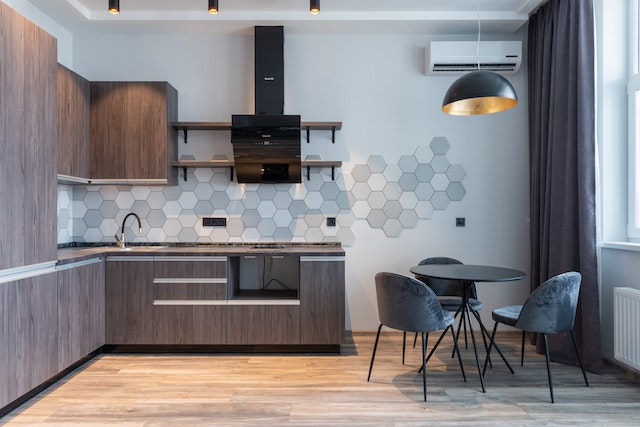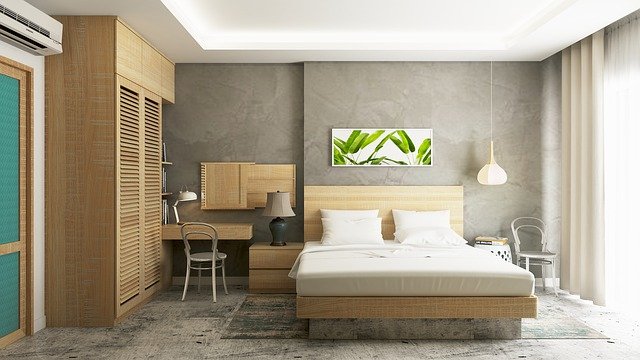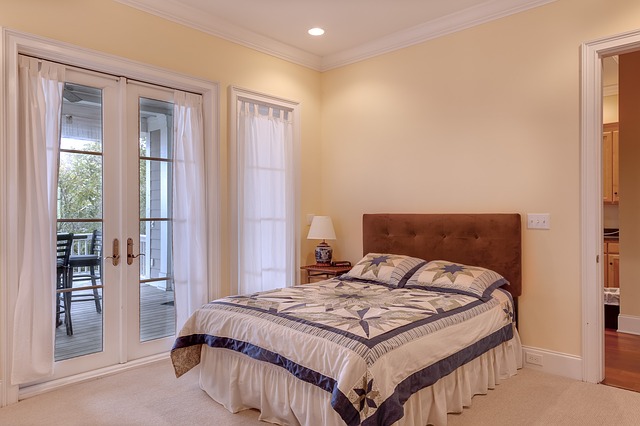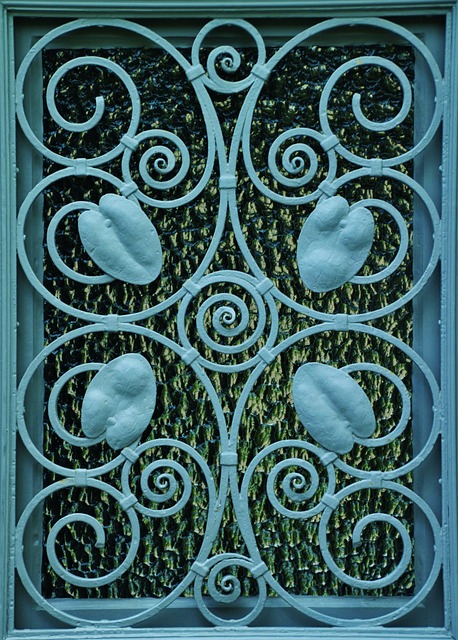If you’re noticing that your home isn’t staying as warm as it used to, even with the thermostat turned up high, the problem might be that you’re not getting heated air coming from your vents. Many homeowners experience this issue every winter and often don’t know what to do about it. Here are some possible causes of unheated air coming from your vents and how to fix them.

Why You’re Getting Unheated Air Coming from Vents
Your Furnace Is Not Working Properly
If your furnace is not working, it will not be able to generate the heat needed to warm your home. This can be caused by a variety of issues, such as a dirty filter, a problem with the pilot light, blocked air ducts, malfunctioning blower motors, electrical component issues, damaged heating element inspections, thermostat calibration, or leaks in the system.
If you think that your furnace might be the cause of the problem, furnace repair experts recommend that you schedule a furnace tune-up before the start of winter. This will help to ensure that your furnace is in good working condition and will help to prevent any future problems. Preventative maintenance is key to keeping your furnace running smoothly.
Your Home’s Insulation May Be Insufficient
Heat can escape through the walls, ceilings, and floors if your home is not properly insulated. This can cause your furnace to run more often than necessary to maintain a comfortable temperature, which can lead to higher energy bills. To improve your home’s insulation:
- Add weatherstripping around doors and windows
- Seal any cracks or gaps in the walls or floors
- Install insulating window treatments
If your home is properly insulated and you’re still getting unheated air coming from vents, the problem may be with your furnace itself. Consult a qualified HVAC technician to diagnose and repair the problem.
Your Furnace is Not Sized Correctly for Your Home
If your furnace is too small, it won’t be able to heat your home sufficiently. That means minimal heat will make it to your vents, and you’ll feel cold air or insufficiently warm air coming through them. The solution here is to install a furnace that’s the right size for your home. Furnaces are sized in BTUs (British Thermal Units).
To find out what furnace size you need, multiply your home’s square footage by 20 BTUs per square foot. This will give you a general idea of your needs. When an HVAC professional comes to do a load calculation on your home, they’ll consider other factors like insulation, windows, and household size when determining the best furnace for your needs.
Your Ductwork Might be Damaged
If there are holes or leaks in your ductwork, heat can escape before it ever reaches your vents. This can be caused by a variety of reasons such as:
- Damage from pests
- Poorly sealed connections
- Physical damage to the ducts themselves
Damaged ductwork can be a difficult problem to fix on your own. If you suspect your ductwork might be damaged, call in a professional to assess the situation and make the necessary repairs.
You Simply Have Blocked Vents
If some of your vents are blocked, it will cause uneven air flow. This can make you feel like the heat is turned off in your home when it’s just being redirected elsewhere. Check all of your vents to see if anything is blocking them. This includes furniture, drapery, toys, and anything else that could interfere with the airflow.
Once you’ve cleared the vents, the heat should start circulating evenly again. If your home has central heating, then blocked vents can cause your furnace to overwork. In this case, not only will you feel like the heat isn’t on, but you’ll also see a spike in your energy bills. Regular cleaning of vents should be part of your routine home maintenance.
Schedule Regular Heating Maintenance
In conclusion, to keep your heating system running properly, be sure to schedule regular maintenance. This will help ensure that your system operates efficiently and that any potential problems are caught early on.






